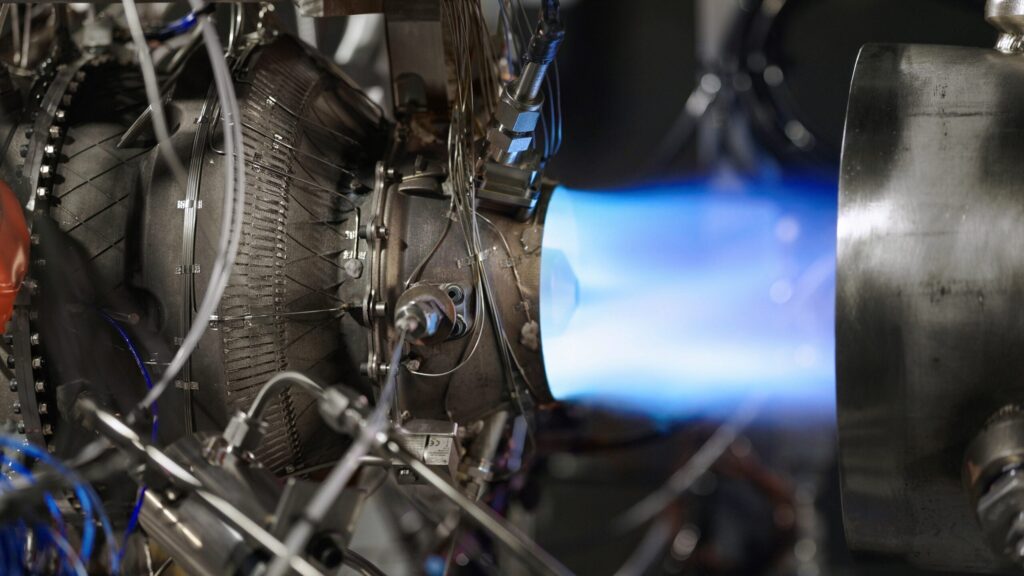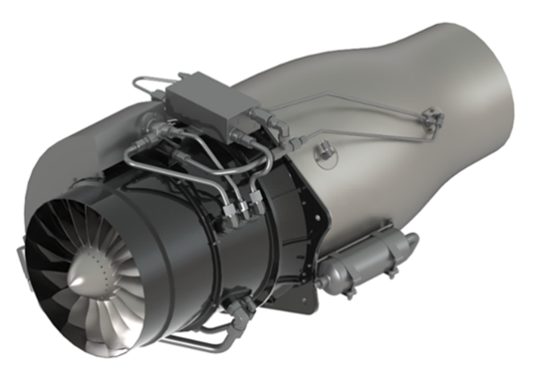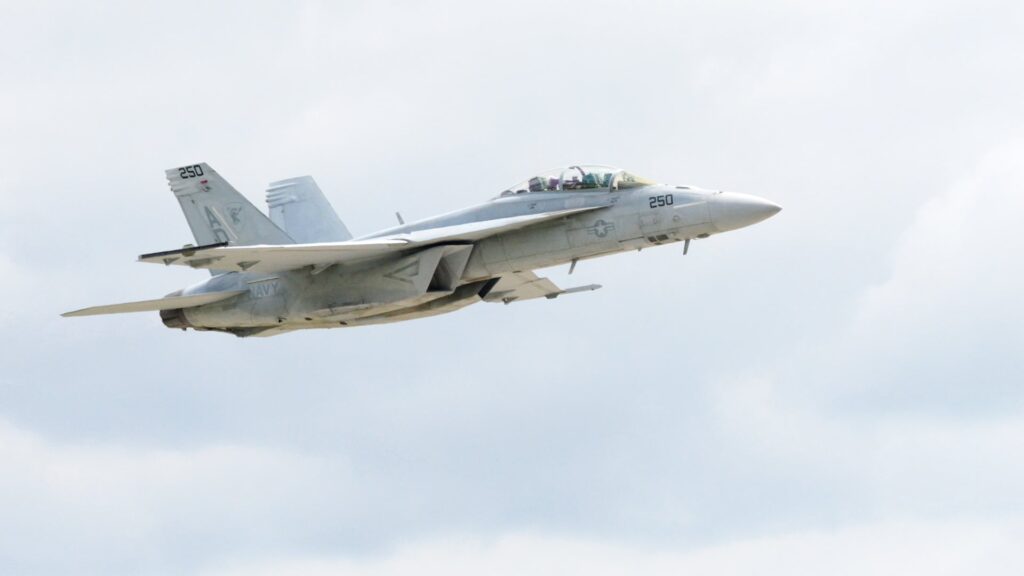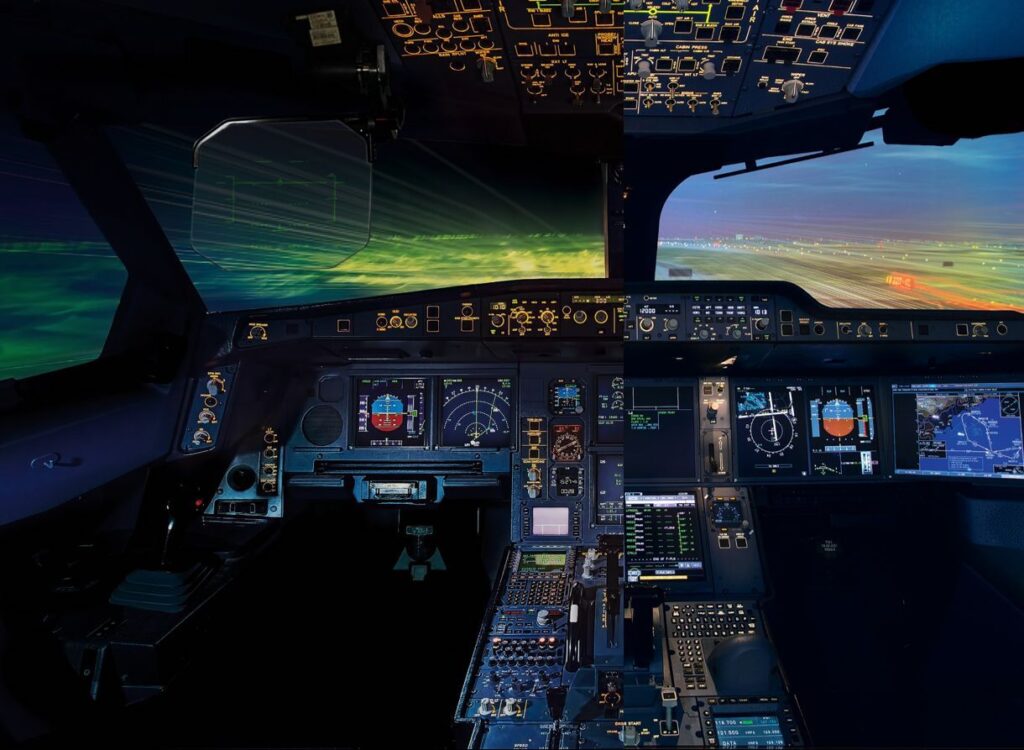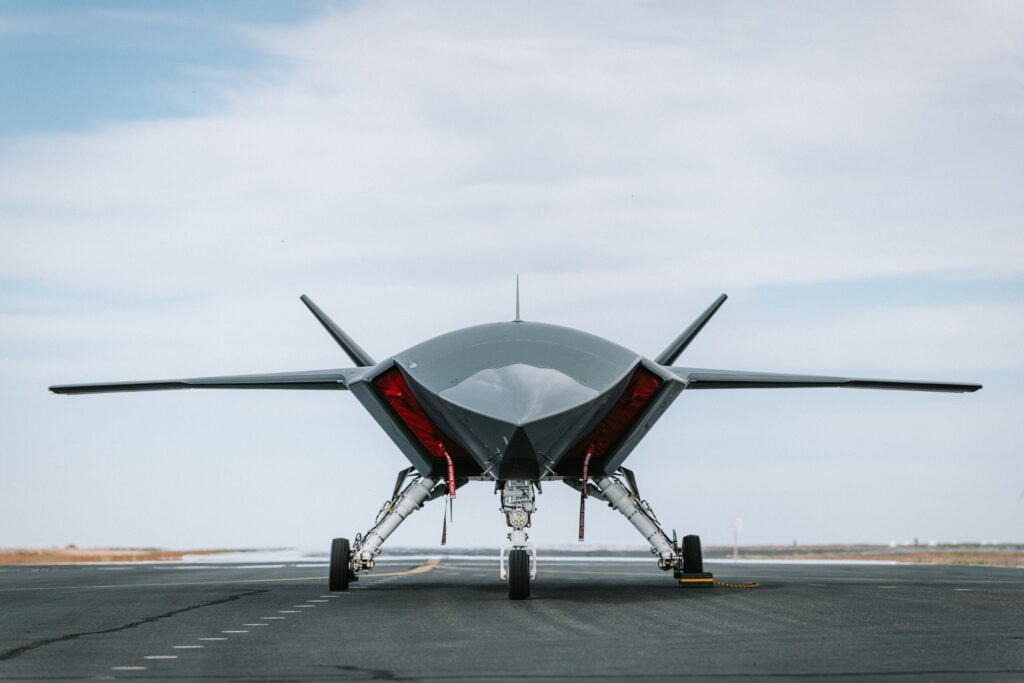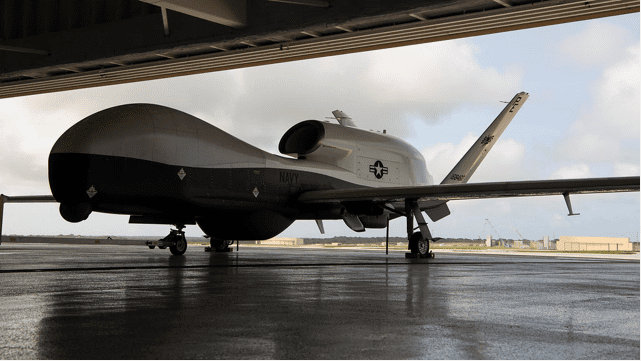Avionics Snags Stall the C919’s Path to Certification
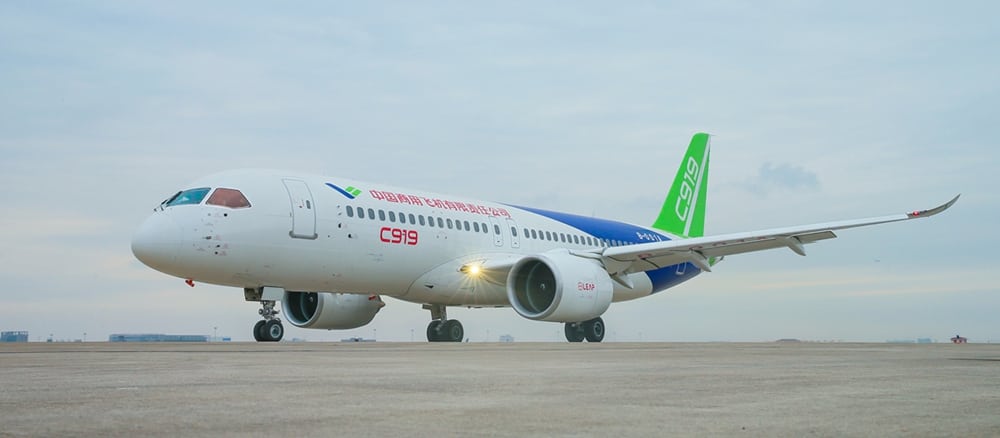
Global Avionics Round-Up from Aircraft Value News (AVN)

The Commercial Aircraft Corporation of China, Ltd. (COMAC) C919 airliner aircraft. (Photo: COMAC)
The conversation around China’s COMAC C919 has once again shifted from engineering milestones to regulatory limbo.
The C919, billed as Beijing’s answer to the Airbus A320neo and Boeing 737 MAX, has been in service with Chinese carriers for nearly two years. The C919’s order book is strong within China and affiliated markets, but the aircraft’s true potential lies in whether it can win over regulators abroad.
Without international certification, the C919 remains largely confined to domestic skies. European regulators in August 2025 confirmed during the summer that formal certification by the European Union Aviation Safety Agency (EASA) is unlikely before 2028 and could slip as far as 2031. That timeline sent a clear signal to investors, lessors, and appraisers: the aircraft’s global value trajectory remains uncertain.
At the heart of the challenge is avionics compliance. The C919’s flight control, navigation, and communication systems blend indigenous Chinese technology with Western components. Harmonizing those systems to satisfy the exhaustive standards of Europe’s regulators is a painstaking process.
Every line of code and every interface must be proven safe, redundant, and interoperable. Even seemingly minor details, such as how an onboard computer prioritizes warnings or how cybersecurity protocols are handled, can become stumbling blocks.
Certification delays are not unusual in commercial aviation. The A380 and 787 both endured years of extra scrutiny. What makes the C919 different is the geopolitical backdrop. Regulators can’t escape the reality that technology transfer, export controls, and political rivalries shape their decisions as much as engineering.
For EASA to approve a Chinese airliner implies trust in not only the aircraft’s avionics but also the institutions that oversee their maintenance and compliance. That trust has not yet been fully built.
The Pressure on Values
For lessors, this delay complicates portfolio planning. On one hand the C919 offers an attractive cost profile. The aircraft is priced lower than its Western rivals, and Chinese carriers are enthusiastic about deploying it on high-density domestic routes. That ensures a strong baseline of demand.
On the other hand, the aircraft’s confinement to China and friendly markets makes it a captive asset. A leased C919 can’t easily be repositioned to Europe or North America if a lessee defaults or if an airline shifts capacity. That lack of liquidity reduces the aircraft’s appeal to global leasing firms that prize flexibility.
Values reflect that reality. Appraisers who once modeled residuals assuming certification by the late 2020s are now revising assumptions downward. The aircraft is being treated less like a global narrowbody and more like a regionalized one.
Market values for the C919 outside China remain sharply discounted compared to A320neos or 737 MAXs. Lease rates follow suit. A C919 can achieve competitive rates in China where demand is high, but outside that ecosystem lessors must accept lower yields.
The irony is that within China the delay may actually support values. Domestic carriers have limited access to Western narrowbodies due to production bottlenecks and political restrictions. The C919 therefore fills a gap. As long as Chinese airlines continue to expand, the C919 will enjoy solid lease rates at home. The issue is not domestic value but global liquidity.
Looking ahead, the question is whether certification will arrive at all. If EASA grants approval by the early 2030s, the C919 could still carve out a role in secondary markets, particularly in Africa, Southeast Asia, and the Middle East.
If not, the C919 may remain a domestic workhorse with limited global presence. Either scenario reshapes the calculus for lessors. Aircraft values hinge not only on performance but on fungibility across markets. Until certification uncertainty clears, the C919 will continue to trade at a discount outside China and at a premium inside it.
The August announcement did not change the aircraft’s technical profile. It still offers modern avionics, efficient engines, and a competitive range. What it did change was the timeline.
Investors now know that a long wait lies ahead before the C919 can be considered a truly global asset. That reality underscores how in aviation, regulatory approval is as critical to value as thrust or fuel burn.
This article first appeared in Aircraft Value News.
John Persinos is the editor-in-chief of Aircraft Value News.
The post Avionics Snags Stall the C919’s Path to Certification appeared first on Avionics International.
—————
Boost Internet Speed–
Free Business Hosting–
Free Email Account–
Dropcatch–
Free Secure Email–
Secure Email–
Cheap VOIP Calls–
Free Hosting–
Boost Inflight Wifi–
Premium Domains–
Free Domains







